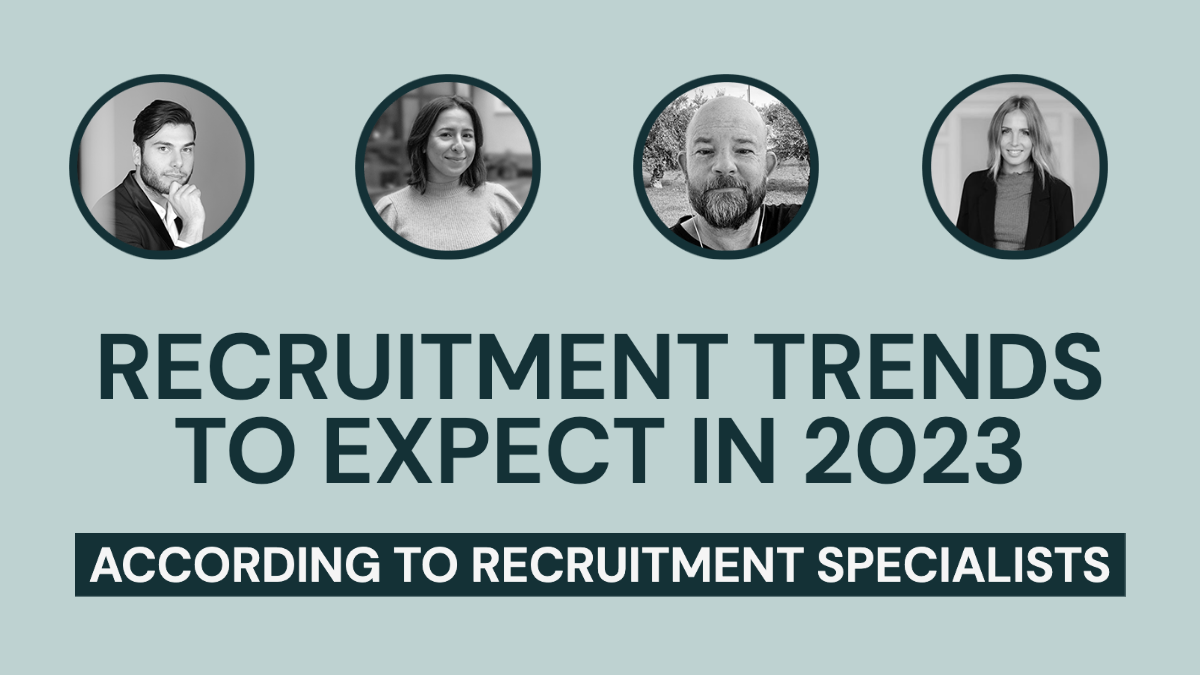How to use competency-based recruitment to find the right talent
You are screening candidates and receiving applications for a certain position.
You collected several possible prospects from hundreds of applications.
With such a variety of experiences and competencies, you need to identify relevant talent fast.
You can do this in two ways.
Either you follow the gut feeling and select candidates based on their possible match for the role, or you can make a data-driven decision where all your selections can be explained by clear and objective reasoning.
This is how competency-based recruitment can help you identify the right talent for any job requisition.
What is competency-based recruitment?
As mentioned in the name, competency-based recruitment refers to carrying out the hiring process with a focus on the required skills and competencies that help a candidate succeed in the upcoming role.
Competencies, in a recruitment context, are those traits and characteristics that a person needs to manage their role. It can be skills, knowledge, education, experience, qualifications and certain personality traits that demonstrate if a candidate is a good fit for the role and vice versa.
The 4 benefits of competency-based recruitment
1. Eliminate hiring bias
Many organizations agree that tackling unconscious biases in the recruitment process is crucial to hiring the best talent. 87% of HR professionals in Sweden alone consider that bias-free recruitment is necessary, yet only 9% of the organizations are actively eliminating bias in the hiring process.
Focusing on competencies in the job requisition can help recruitment managers eliminate these human prejudices and select the right talent based on skills and experience only.
Aim attention at the professional qualities a candidate has. It makes it easier to evaluate and consider applicants, thus offering equal chances to everyone.
2. Write a highly effective job description
Job ads are challenging. It can take hours to craft an interesting job description that depicts the organization’s values and what qualities they are looking for in a colleague. Over 65% of HR professionals reveal that it takes them around two hours to write a job description from scratch.
Find out from the beginning which skills and professional traits a company is looking for when hiring a new employee and include the information in the job posting. The candidate will also know which skills to highlight in their resumes and what experience is relevant to succeed in the role.
Writing a competency-based job application can also help hire a more diverse team. Research has shown that words that are stereotypically associated with masculine traits, such as “ambitious” and “dominate” discourage women from applying for the job.
If your organization strives to attract diversity, make sure the language in your job posting resonates with your prospects.
3. Provide clear and constructive candidate feedback
It is already known that “We decided to go further with another applicant” is not a sufficient reply for a candidate. Applicants want to know more about the reasoning behind a rejection.
Competency-based recruitment is a solution to providing candidates with in-depth feedback about their performance. By focusing on competencies, you can efficiently explain to a candidate what skills your company is looking for and which areas they need to develop to succeed in the role.
Providing a great candidate experience will not only generate a positive impression of your organization but can also convince the candidate to apply for similar positions. Studies show that 80% of the candidates who didn’t receive a job offer are prone to applying again if they had a positive hiring process.
4. Facilitate the recruitment process
Hiring can be a lengthy and challenging process, both for the applicants and recruiters. This is not news. Not to mention how expensive it turns out to hire the wrong person. Almost three in four employers have made a bad hiring decision at some point, which can cost organizations an extensive amount of money.
You can avoid such mistakes by adopting a competency-focused approach during all stages of recruitment.
Knowing from the beginning what the ideal candidate looks like, in terms of required skills, previous experience and qualifications makes it easier to identify which applicants match your organization.
This way, you know what you need to focus on when identifying the right talent in the candidate pool. You can also reduce the chances of hiring the wrong candidate and save both effort and money.
How to get started with competency-based recruitment
1. Create a realistic candidate profile with the desired skills
One of the most important stages is to understand your company’s business goals and what skills they are looking for in a candidate. This helps you create a realistic profile to use in further hiring processes.
Make sure that those competencies are achievable and realistic and that the organization has a clear onboarding strategy. It can make it easier for the candidate to know what to expect when starting the role.
If possible, try to involve HR and department leaders to understand what expectations they have from a candidate and what professional traits are required to match the company’s culture.
2. Conduct competency interviews
The best way to evaluate a candidate’s professional background is through competency interviews. During a competency interview, an applicant can deliver examples that show whether they possess the desired skills.
One way to conduct a successful competency interview is by asking the candidate open questions that allow them to describe their skills using the STAR approach, also known as situation, task, action, and result.
3. Evaluate the candidates based on their skills
All that is left is to evaluate the candidates based on their skills and match them with the profile framework. You can also do this when screening applicants, as it makes it easier to identify prospective candidates even before getting in contact with them.
Bonus tip: you can improve the selection process by using automation.
Instead of manually going through all the resumes in your database and creating a profile for each candidate, use an AI-based solution such as Layke to help you with the initial stages of recruitment.
This way, you can focus on improving the candidate experience and have more time to connect with potential talent. If you want to learn more about intelligent recruitment, you can read more here.
 By
By


